Boat Tour of Lower Raritan River
Raritan River Basin
|
NEW ESRI StoryMaps: What's On Our Shelves & NWNL Song Library & No Water No Life ESRI |
Raritan River Basin
Robert Spiegel
Edison Wetlands Association, Director
Ron Loeffler and his children
Raritan River Basin residents
Alison M. Jones
NWNL Director and Photographer
Peter Berman
NWNL Videographer
Julie Eckhart
Video Editor
Upstream Commentary
A Need for Raritan River Stewardship
Downstream Commentary
A Dockside Chat
All images © Alison M Jones. All rights reserved.
During our boat tour of the Lower Raritan River, Bob spoke of potential positive uses of riverside landfills. A 2023 success story from nearby Staten Island’s Freshkills Landscape (formerly the Fresh Kills) relates a successful realization of his vision of transforming garbage dumps into natural landscapes and parks. The article is titled: How the World’s Largest Garbage Dump Evolved Into a Green Oasis.
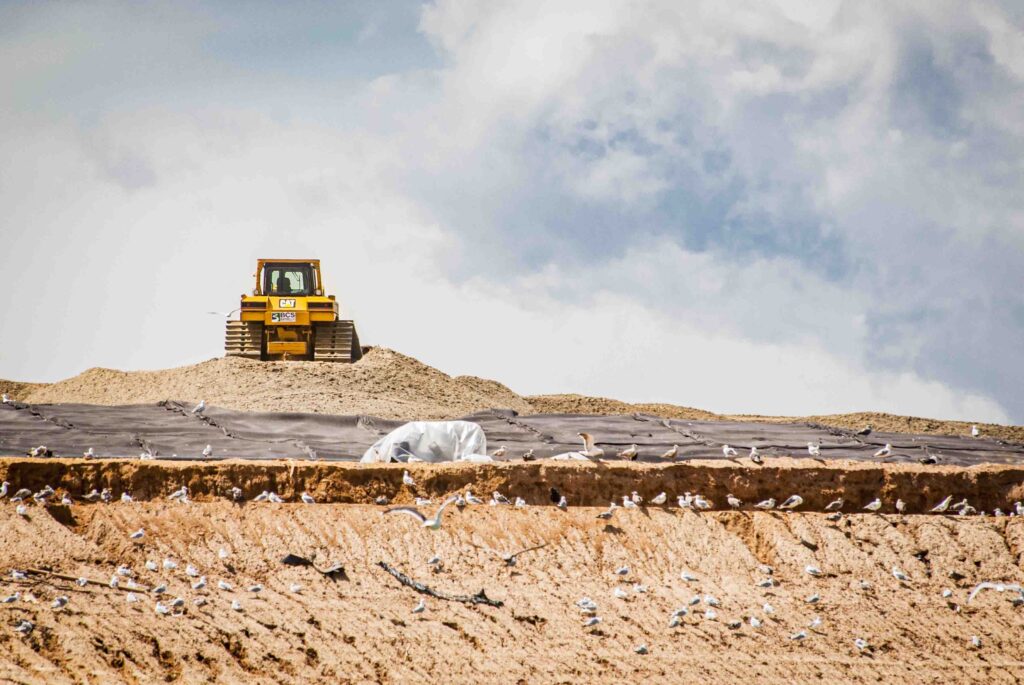
Upstream Commentary
BOB SPIEGEL Welcome aboard “The Baykeeper!” It’s 4:20 pm, and so we’re a couple hours after high tide. As we leave this Edison Boat Basin to head to New Brunswick and pass under the New Jersey Turnpike, we’ll have 13 feet under the keel. Oh – hold on for a wake from this boat for New Jersey State Police.
NWNL Is that landfill we are now passing?
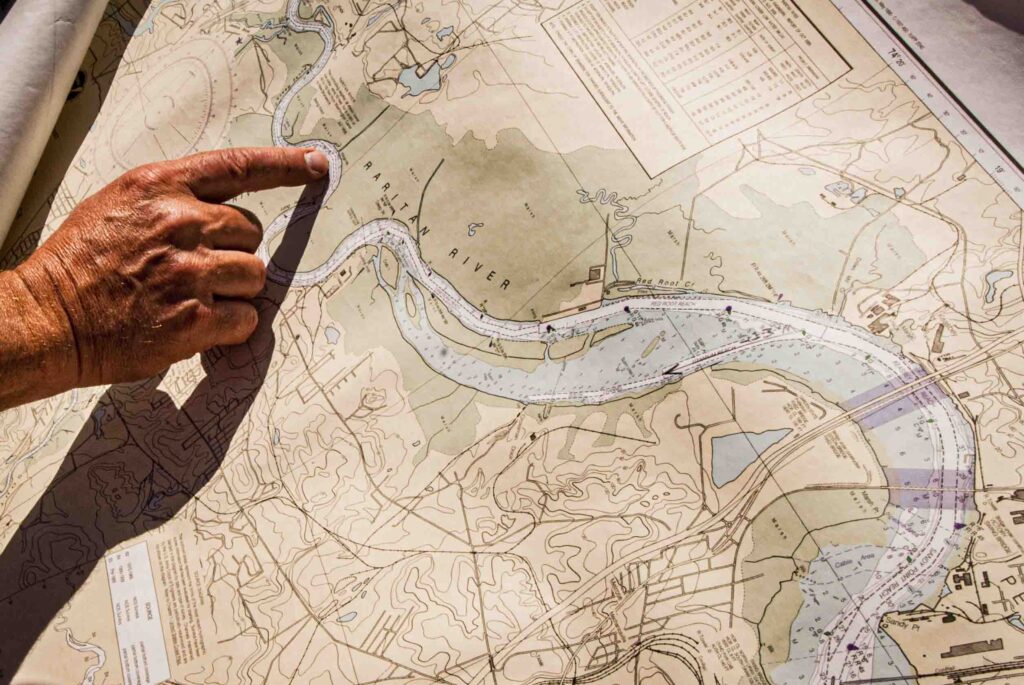
BOB SPIEGEL Yes. Along here there used to be many homeless people who lived here and enjoyed being on river. They removed all the homeless people who lived here along the river. Depending on who you talk to, what’s happened to those people is either called “urban renewal” or “urban removal.” I don’t know where they went from here. They may have just moved elsewhere on the river.
Over on the other side are more people fishing. And here is the beginning of the Delaware-Raritan Canal which goes all the way across the state. They used the canal to get from the Raritan River over to the Delaware River, thus gaining water access from new York City to Philadelphia PA.
Right here – before we get to New Brunswick – you can see the Raritan River Boat Club, one of the nicer points I’ll be showing you. And watch for turtles because they love the mud flats. Where there are mud flats, turtles will come – not just snapping turtles but other turtles as well.
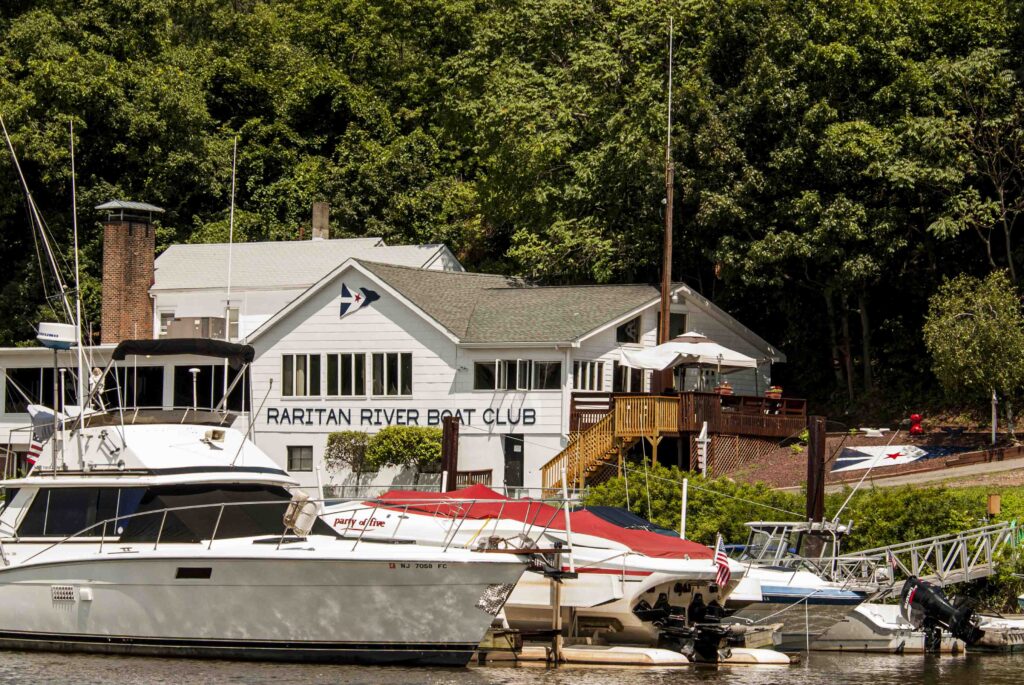
Nearby is Highland Park, where we are working to put trails through here along the south bank and down to the river. This would allow the public to access the waterfront here. And now, less attractive, here is the old Highland Park landfill. You can see toxic waste, yet I happen to think landfills are beautiful in their own way. They will be more so once they’re all cleaned up and restored.
A Need for Raritan River Stewardship
BOB SPIEGEL Fortunately, many other groups are now working with us on cleaning up these toxic waste sites you are about to see. This as important – if not more so – than anything else. Having conservation, environmental education and public access is important. But without cleaning up these toxic waste sites that are poisoning the Raritan River, we’ll never fully realize a recovered Raritan River.
The most critical issue for us is that the Raritan has suffered 300 years of abuse. Before that, it had some of the richest shellfish beds in the world and it still has the richest oyster beds in the world. However, this incredible resource in terms of food value is toxic. It’s contaminated. It’s not safe to eat for either man or beast. But we want to change that. Cleaning up those beds will take time; but will only happen if we clean up polluted sites. We’ve identified the bad ones and that’s what we’re going after.
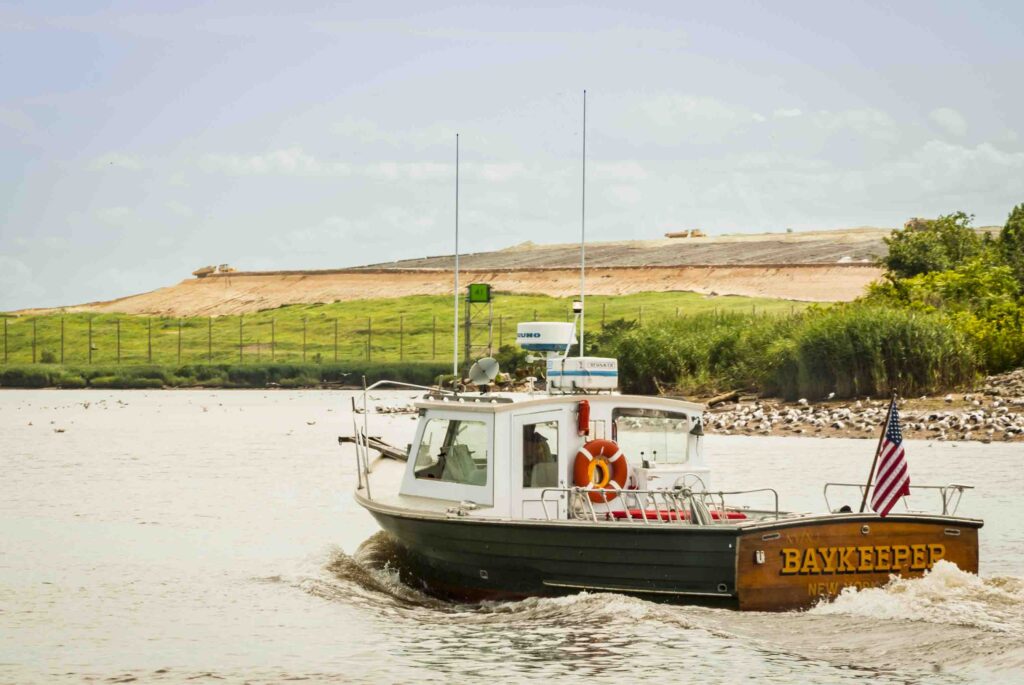
We’re also going after bad actors who think it’s their river to poison. Even the County of Middlesex – the county seat we just passed – looks at this river as a place to put garbage and dump waste. They operate the way cave men did – burning or burying the waste so future generations get stuck with the problem. We are going to get that landfill and others closed.
As you saw by the dock, children come down to this river to crab and fish all the time. And they should be able to. This river should be fishable and swimmable. It shouldn’t be unsafe for them to eat the river’s fish – but it is. People say, “Let’s keep the kids from coming down here.” But this is a place where children should be able to come. Our goal is to make the Raritan fishable and swimmable again.
Today you see people picnicking and enjoying the Raritan River. They come down to the water’s edge with their dogs or children. But they don’t realize that only less than a quarter mile way are leaking toxic-waste sites poisoning their river – our river. These are the people that we’re going to get to help us and make the river clean again. Our goal is to educate folk and we’re working right now with many different groups.
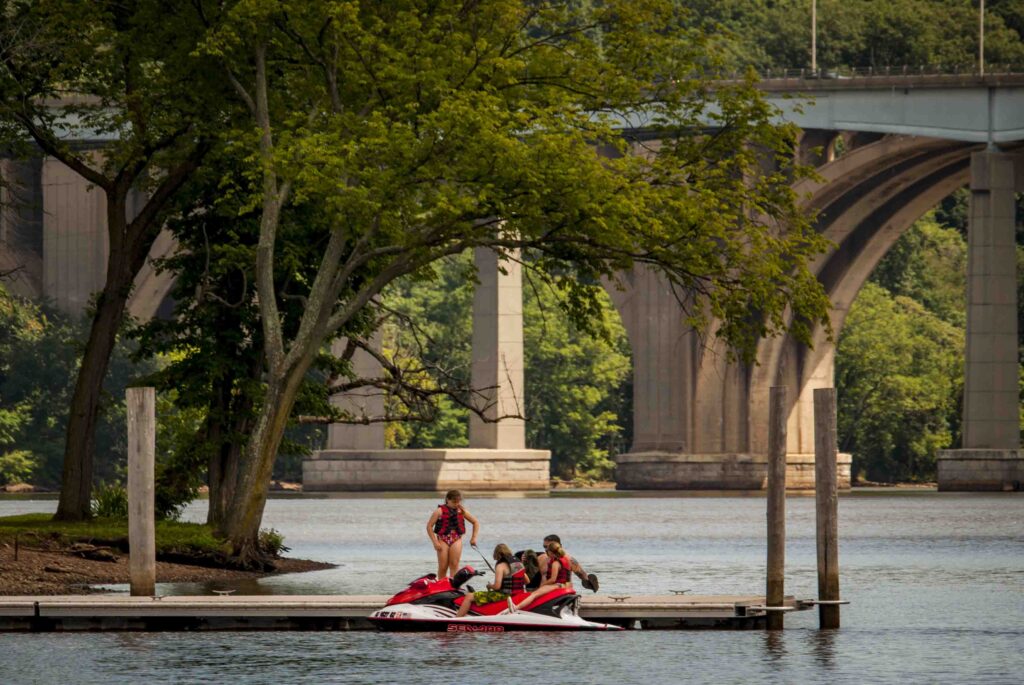
NWNL It’s great to see people on the shore and on the river jet skiing – and a man fishing in the river.
BOB SPIEGEL But there are also kids out here fishing by the Axel Chemical New Brunswick site. Let’s slow the motor for a bit, so I can tell these kids not to go down there and play. I don’t want them swimming in that chemical pollution, so let’s get you close as we can.
“Hey, guys. It’s contaminated over there. Don’t go down into the chemicals. It’s all contaminated. There’s poison over here. Thanks!”
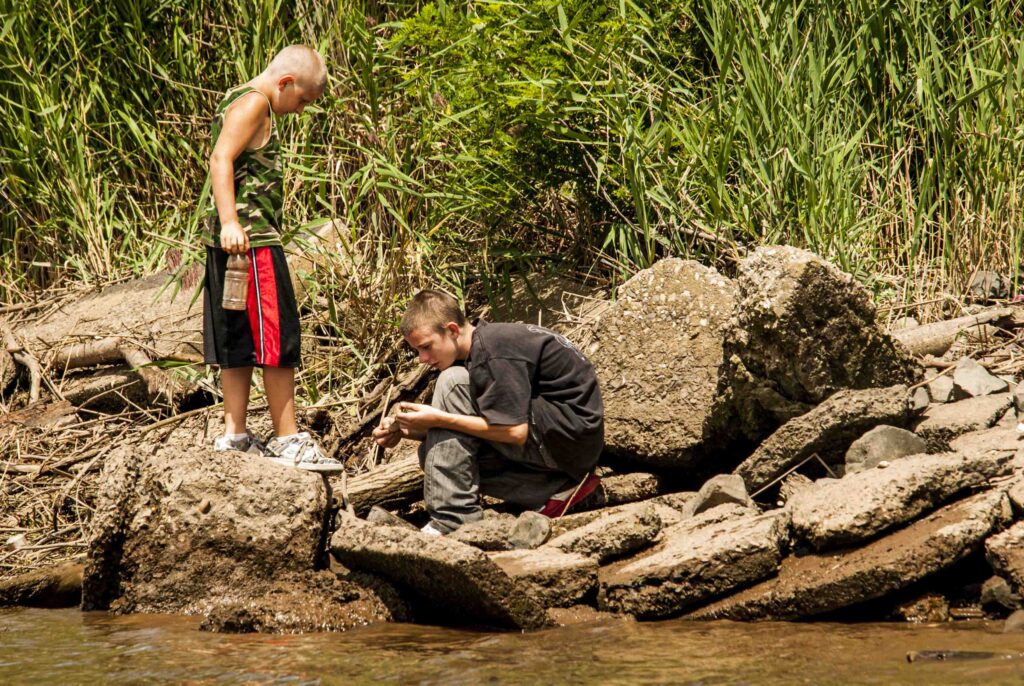
See the garbage right there along Edison’s part of the river? Its waste comes into the river every time the tide comes up. So part of the plan we’re promoting with the state and Edison (since it owns this land) is that they pull the garbage 50 to 75 feet back; replace it with wetlands; and then eventually put in a walkway system up to this bulkhead; and then once the landfills closed, they should extend onto the landfill. Even today you see poplar trees growing out of that dump that’s sat here for decades – decades and decades.
Edgeboro is over there in Middlesex County and on the other side is Kin-Buck Landfill. This area was called “Valley of the Dumps.” Kin-Buc, a 70-million-gallon chemical dump and 220-acre unlicensed landfill that is a Superfund Site, was created by the Litano family. When Kin-Buck was operating, it was unbelievable to see its burning lagoons. All the chemical companies of the Northeast came right here until 1976.
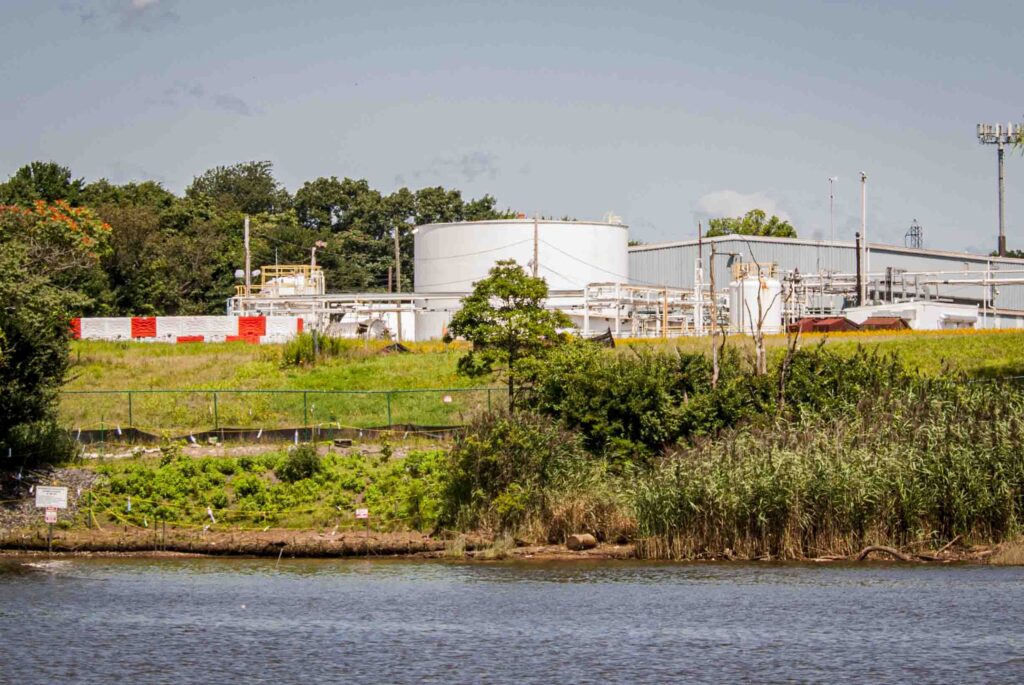
Now we’re at Edmons Creek, still full of PCB’s – even after we cleaned it up. Here PCB levels are elevated in all fish – and probably in the white egret right over here. This area is beautiful, but it’s just really contaminated. Crabbers here actually fight over positions for their crab traps. Blue crabs [Callinectes sapidus, defined as “beautiful swimmers”] you see here are some of the best and the biggest in the Raritan.
This is the old Herbert barge and ILR [Landfill Industrial Land Reclamation] were also operated by the Litano family. Just recently they were caught bringing in contaminated dirt when it was supposed to be closed.
Nobody paid attention to what went on here. We’ve had all kinds of industrial waste. Chemicals were dumped in the middle of the night. Everybody was afraid to take on the guys that run this landfill, so everybody dumped anything they wanted to there. They had no permits. Finally the ILR was closed down. The only thing left of it is that smokestack.
Interestingly they also made bricks here, for almost 100 years. It was one of the key areas in the United States to make the big bricks.
Aside from all this pollution, the next biggest threat the Raritan River faces is development and no open space. As you can see in this development in Sayreville, there is no green space.
Now we’re at the Washington Canal. The Visceglia cousins wanted to put in a new dock and then reopen the canal through to where the big barge is. One cousin owns Southern Business Associates; the other one owns Federal Business Centers.
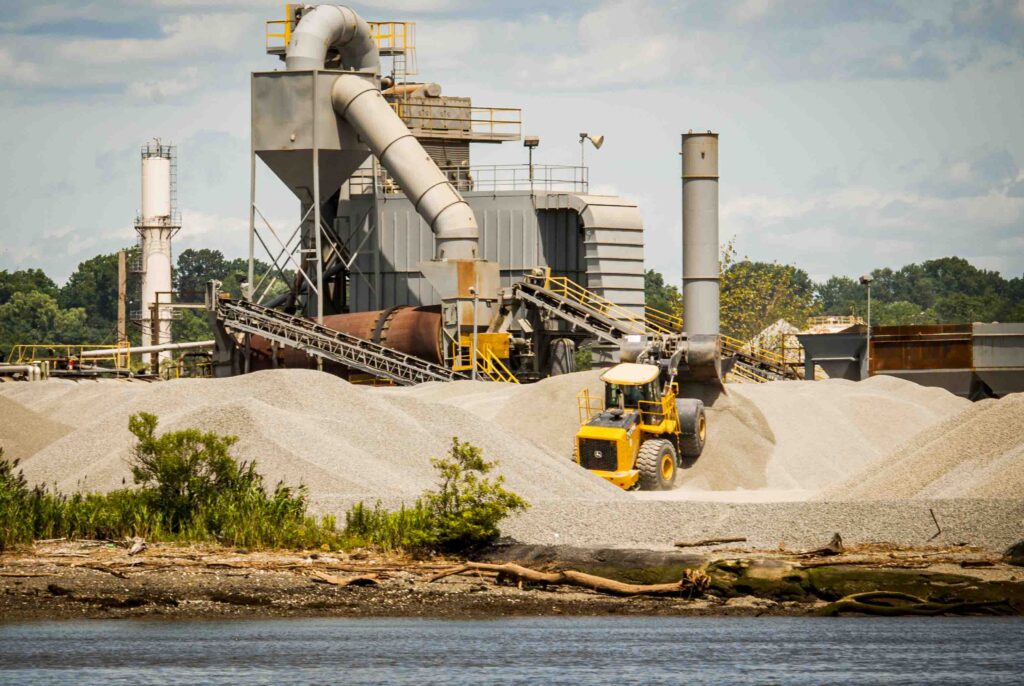
We’ve just passed the El Paso Energy site; and now all these wetlands you see are in violation of Fresh Water Wetlands Act. These units holding asphalt are unsecured. We’re probably going to go after them, remove and restore these wetlands, and then make sure that this area gets secured. For right now, they’re operating in violation. All this asphalt is supposed to be contained and covered. You can see that asphalt running down right into the wetland area.
Unfortunately, the state doesn’t really do any enforcement anymore. That’s all left to groups like our Edison Wetlands Association; but we can only sue so many bad actors at a time. Right now, we’re in federal court on two sites.
NWNL The likelihood of a spillage is blatantly obvious – even though it’s supposed to be contained and covered. Is that a state law or federal law?
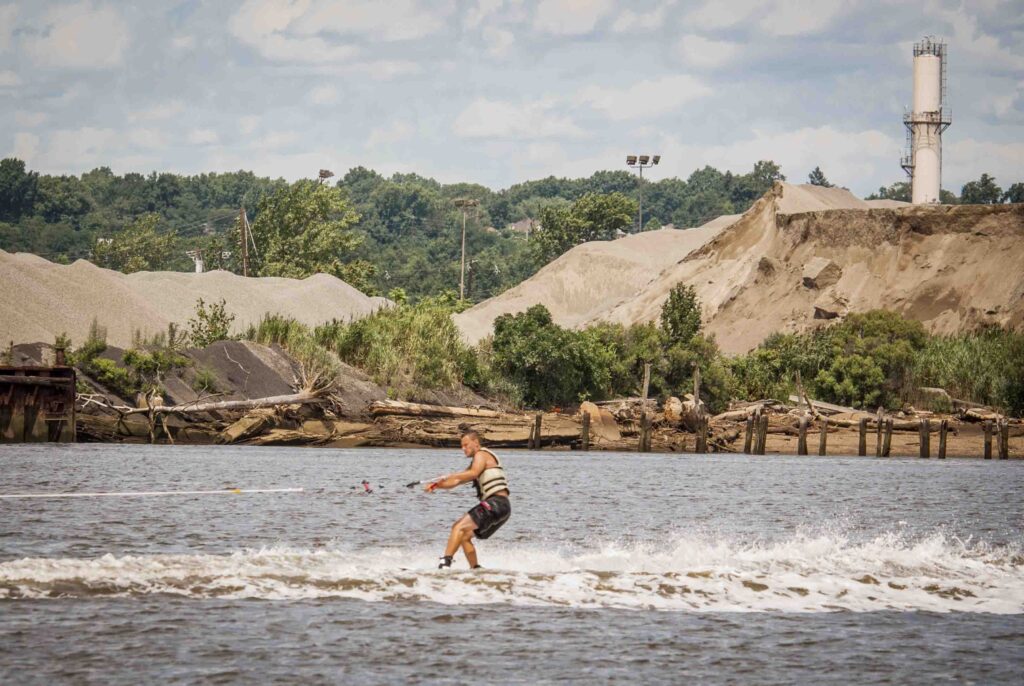
BOB SPIEGEL Both. State and federal laws state you’re not allowed to have anything vulnerable to spill that can destroy a navigable water body.
Finally, here is a huge city of buildings where basically they made sulfuric acid, titanium dioxide, and a bunch of other things that make that the Raritan River waters toxic. This site is contaminated with radiation, among other things. These owners are responsible for dumping their slag all over the place.
NWNL How can a boater going by or any individual report these polluters?
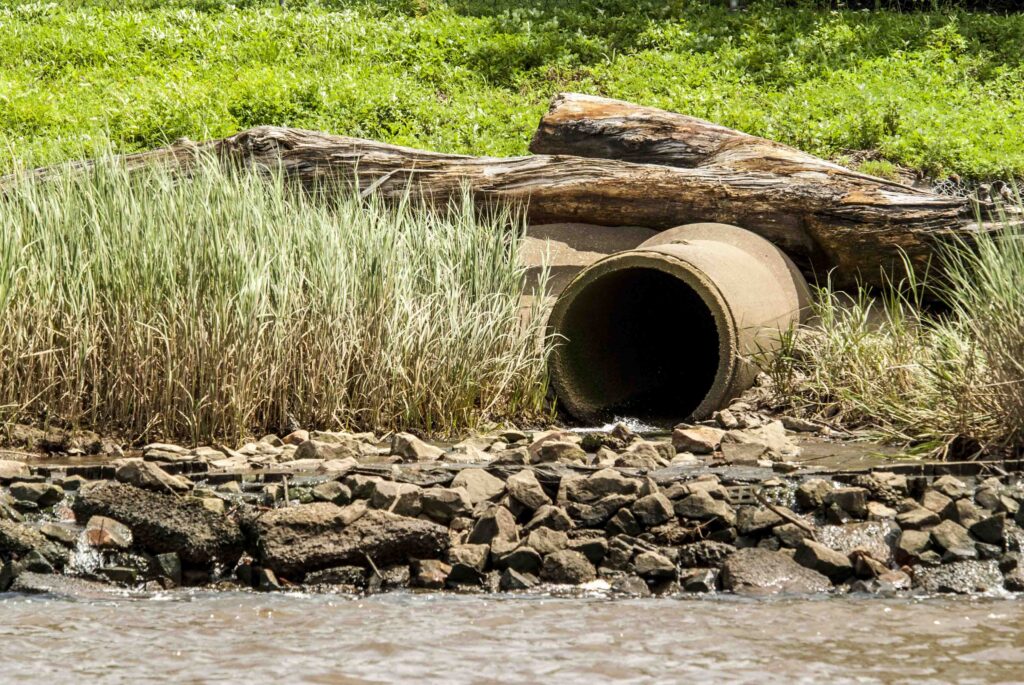
BOB SPIEGEL There is a hotline. If it’s something that should get pulled into the EPA, we’ll do that. If there is an odor, we’ll call it in to the county health department.
NWNL Bob, normally after an interview, especially one that involves a boat ride, I express my appreciation for time given and expertise and local knowledge shared. In this case, I am not sure I want to thank you for showing me all the discouraging pollution I’ve just witnessed on the Raritan. But, truly, I am in awe of your knowledge and your commitment to improving the conditions of this river, so someday we can feel heartfelt in calling it by its long-held title of “Queen of New Jersey Rivers.” Good luck to you and may you have continued great success.
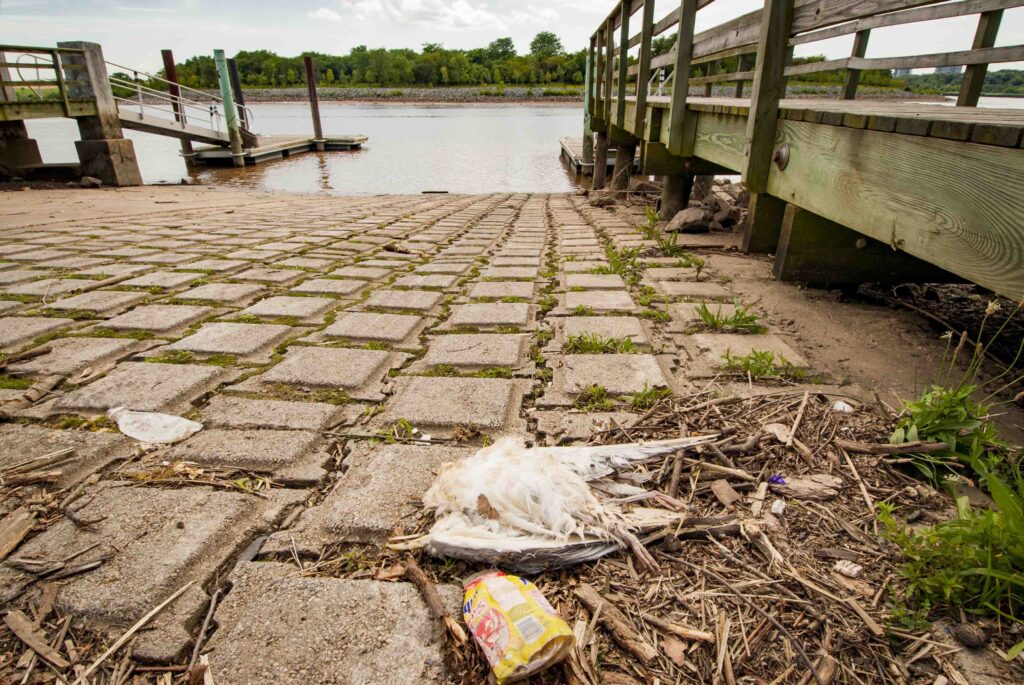
NWNL Hello, Ron! It’s nice to see you here with your son, enjoying this lovely day with your son. Thank you for letting me ask you a few questions. First, do you often come down to the Raritan River?
RON LOEFFLER We’ve been coming down here for about 2 years, ever since these kids [gesturing to children] got old enough to enjoy the birds, the boats and the water.
NWNL Do you know about the pollution problems in this river?
RON LOEFFLER Only what I’ve read in the paper. I hear that there’s a toxic landfill over there, and that back here there’s some leaching of chemicals into the waterway.
NWNL Does that concern you?
RON LOEFFLER Absolutely, it concerns me that the water is not safe for swimming. Over there, right now, I see a dead bird. So yes, pollution certainly does worry me.
NWNL What’s your hope for when your kids grow up, in terms of this river?
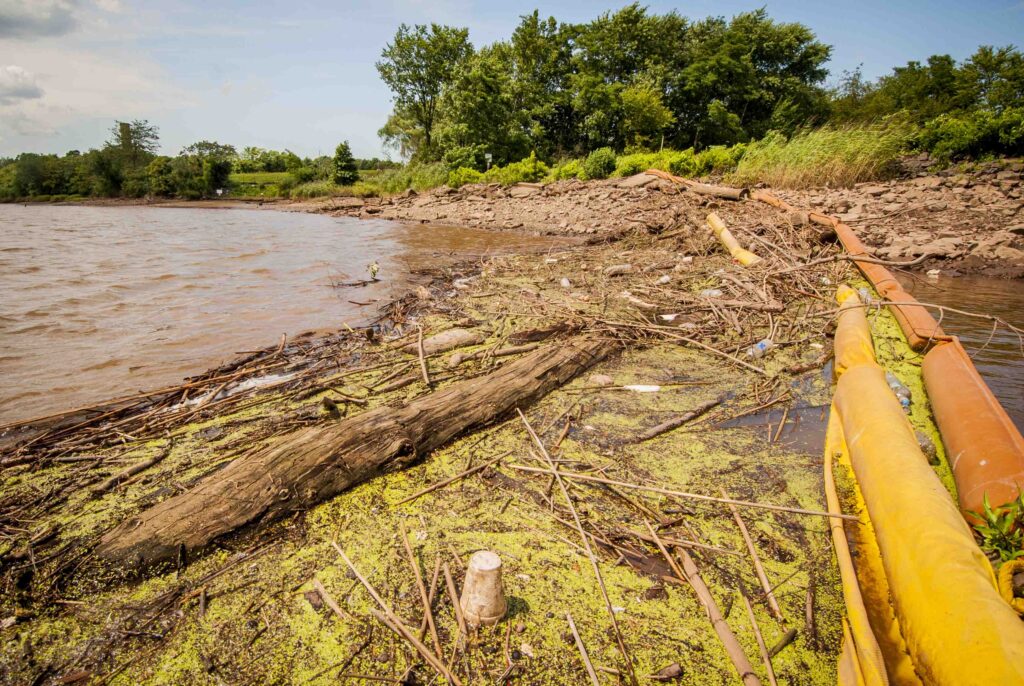
RON LOEFFLER I’d hope that it’s clean, that it’s not murky or muddy, and that it’s chemical-free. I hope that there’ll be lots of fish in there, so they can fish off the pier maybe. I’d rather that instead of looking at a sign saying, “Please don’t eat the fish or go fishing.”
NWNL Do you ever fish in this river?
RON LOEFFLER No, but if I did fish, I certainly wouldn’t bring my catch home. I would release them back into the river.
NWNL Is that because you don’t think it’s smart to eat whatever you’d catch here?
RON LOEFFLER Right.
NWNL That’s good, given what I’ve just learned. Do your children enjoy the river?
RON LOEFFLER’S CHILDREN Yeah, yeah. We especially like the baby birds.
RON LOEFFLER I can imagine, by just looking at the river, that it’s getting worse, or has gotten worse. They say don’t eat whatever you catch out there by the Staten Island Bridge, or Outer Bridge. When we had a boat, we’d go out into the Raritan Bay by the lighthouse. It’s beautiful out there. No matter what – as long as we don’t look down! – it’s beautiful to float around in the water. It’s always nice.
NWNL Ron, fortunately many of us share your dreams and are doing what we can to make this river and others swimmable, fishable and drinkable. Thank you so much for sharing your thoughts and lovely vision with us.
Posted by NWNL on October 16, 2023.
Transcription edited and condensed for clarity by Alison M. Jones.
All images © Alison M. Jones, unless otherwise noted. All rights reserved.
